Walking on lumpy, bumpy terrain is something that, at a certain point, we start to avoid. Whether we're wrooried about falling or simply getting our shoes dirty, we tend to opt for flat and level paths for most of the walking we do. While I myself enjoy a smooth ride, the fact of the matter is we, human beings, have thirty-three (33) joints in each foot and between most of these are a lot of muscles that only get used when these joints change position.

The human foot is a strong and complex mechanical structure containing 26 bones, 33 joints (20 of which are actively articulated), and more than a hundred muscles, tendons, and ligaments. The joints of the foot are the ankle and subtalar joint and the interphalangeal articulations of the foot.
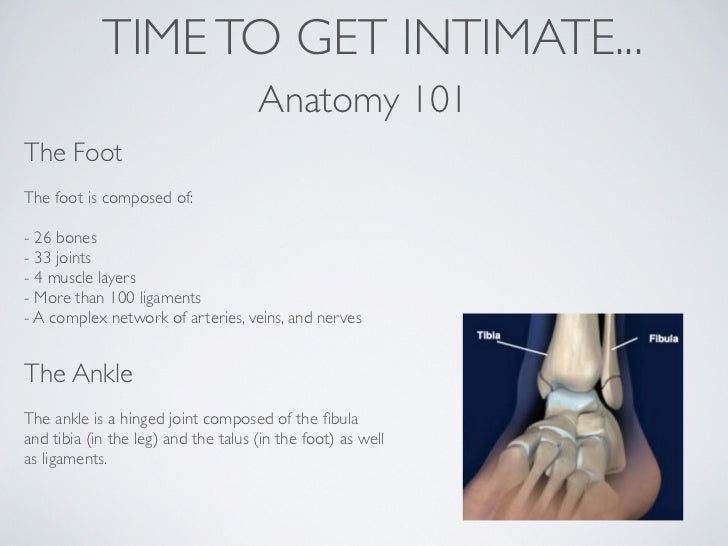
26 bones.
33 joints.
4 muscle layers.
More than 100 ligaments.
A complex network of arteries, veins, and nerves.
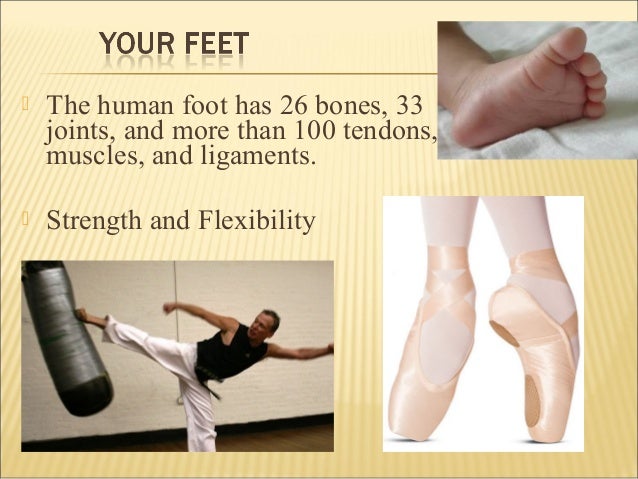
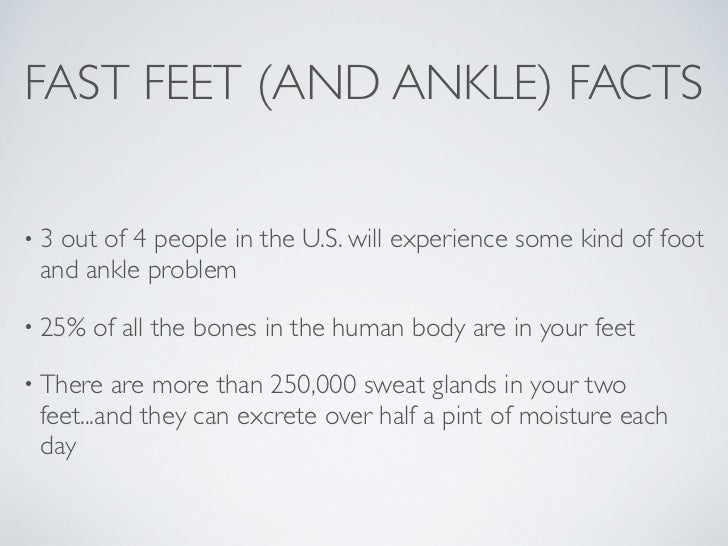
It is easy to work your arm muscles by picking things up and setting them down, which in turn flexes and extends the elbow joint, but how do you bend the joints in the feet? It turns out that lumps and bumps on the ground do more than get in our way -- they're how the smaller muscles in our feet get their exercise!
At this point, it's not necessary to strip off your shoes and go hike through a lumpy-bumpy meadow. instead, you can more safely introduce low and controlled loads to your feet with a tennis ball or similarly sized squishy ball.
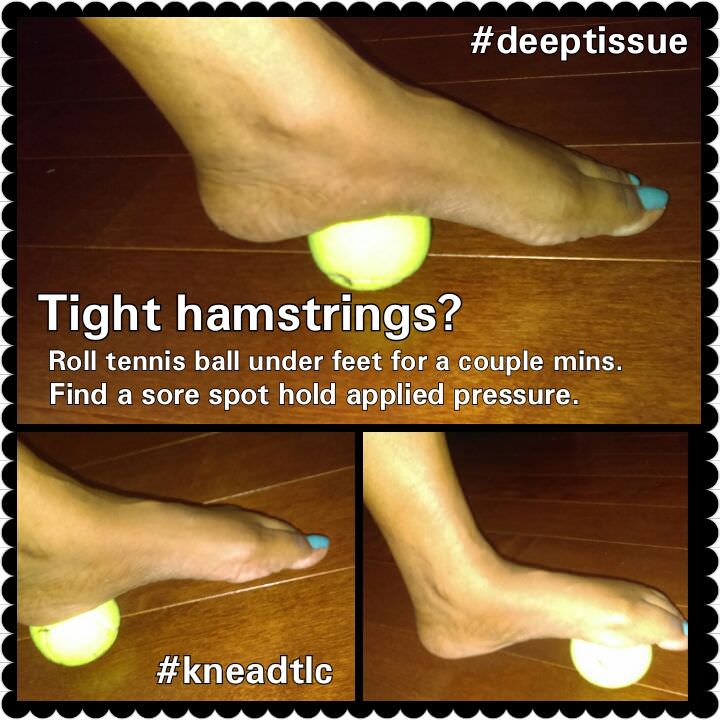
Start by sitting or standing and holding on to a secure surface (you choose which suits you best), and place the ball beneath one foot. Slowly load your weight onto the ball, moving your foot forward and backward and side to side to apply pressure to individual joints within the foot. Apply this diligence to your foot massage, moving tiny distances at a time, to leave no foot joint under-moved.
Work the entire sole of the foot with the ball, applying more or less pressure as needed. Standing places more weight (i.e., provides more foot-joint movement) than sitting, as does shifting more of your weight to the foot that's on the tennis ball. smaller and harder balls will create greater pressure (i.e., provide more movement) than larger, softer ones, so play around with different sizes and firmness, as each will mobilize the joints differently.
NOTE: Keep all of your balls. marbles and other exercise equipment in a basket, of bag, which keep things from rolling underfoot when you're not expecting it!
Tip from the Goldeners
Important: Go slowly -- you might not have moved these parts of your body in a long, long time. Find a 'good" stretch in your foot and avoid taking the stretch to a place where you say, "ouch!" Stay present with what is happening in your body (i.e., don't do these while you're watching television), keeping your mind focused and able to monitor the feedback from this exercise. if your foot or calf muscles cramp, take your leg out of the stretch to relieve it, then return to the stretch as you can. Remember, many of us have not used these muscles for a long time, so expect some resistance. It is normal to experience cramping as these exercises are waking up long-underused muscles.
On Knees and Replacements
There are many types of joint replacements, each type having its own limits. Certain exercises can torque a joint more than others: we'll note these in bold so you can make sure to reduce your range of motion initially, move more slowly through these exercises, or discuss them directly with your orthopedic surgeon or physical therapist, who should be able to tell you the replacement type and movement limitations. For example, crossing one ankle over the other knee in a seated position as in the Toe Spreading exercise

could put certain types of hip replacements in a more vulnerable position. While waiting to discuss with your healthcare team, use the passive toe-spreading devices
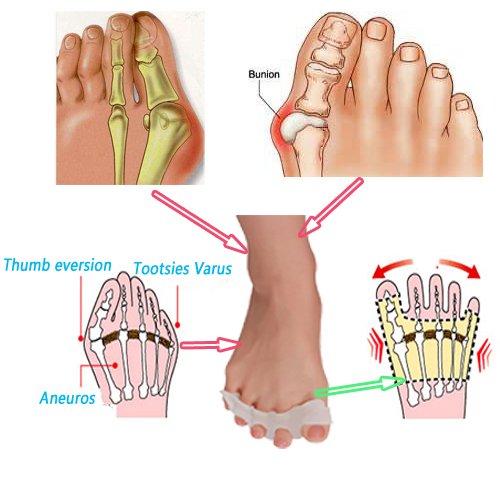
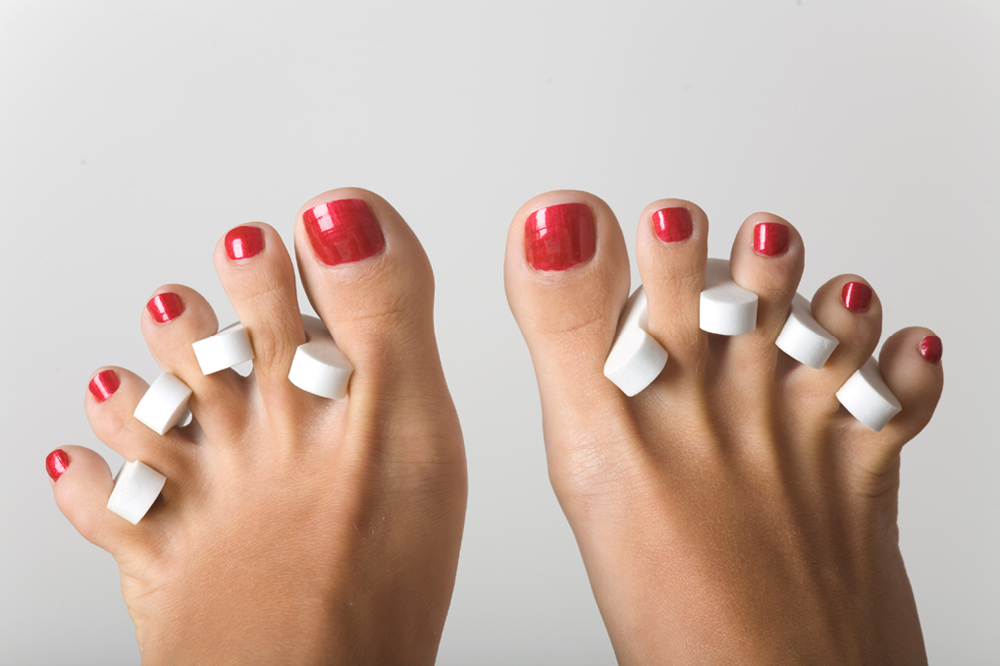
instead, which will keep you improving the mobility of the area until you determine if this exercise is a good fit for you. Look for bolded suggestions for those with joint replacements to steer you to alternative exercises.

The human foot is a strong and complex mechanical structure containing 26 bones, 33 joints (20 of which are actively articulated), and more than a hundred muscles, tendons, and ligaments. The joints of the foot are the ankle and subtalar joint and the interphalangeal articulations of the foot.

26 bones.
33 joints.
4 muscle layers.
More than 100 ligaments.
A complex network of arteries, veins, and nerves.


It is easy to work your arm muscles by picking things up and setting them down, which in turn flexes and extends the elbow joint, but how do you bend the joints in the feet? It turns out that lumps and bumps on the ground do more than get in our way -- they're how the smaller muscles in our feet get their exercise!
At this point, it's not necessary to strip off your shoes and go hike through a lumpy-bumpy meadow. instead, you can more safely introduce low and controlled loads to your feet with a tennis ball or similarly sized squishy ball.

Start by sitting or standing and holding on to a secure surface (you choose which suits you best), and place the ball beneath one foot. Slowly load your weight onto the ball, moving your foot forward and backward and side to side to apply pressure to individual joints within the foot. Apply this diligence to your foot massage, moving tiny distances at a time, to leave no foot joint under-moved.
Work the entire sole of the foot with the ball, applying more or less pressure as needed. Standing places more weight (i.e., provides more foot-joint movement) than sitting, as does shifting more of your weight to the foot that's on the tennis ball. smaller and harder balls will create greater pressure (i.e., provide more movement) than larger, softer ones, so play around with different sizes and firmness, as each will mobilize the joints differently.
NOTE: Keep all of your balls. marbles and other exercise equipment in a basket, of bag, which keep things from rolling underfoot when you're not expecting it!
Tip from the Goldeners
Important: Go slowly -- you might not have moved these parts of your body in a long, long time. Find a 'good" stretch in your foot and avoid taking the stretch to a place where you say, "ouch!" Stay present with what is happening in your body (i.e., don't do these while you're watching television), keeping your mind focused and able to monitor the feedback from this exercise. if your foot or calf muscles cramp, take your leg out of the stretch to relieve it, then return to the stretch as you can. Remember, many of us have not used these muscles for a long time, so expect some resistance. It is normal to experience cramping as these exercises are waking up long-underused muscles.
On Knees and Replacements
There are many types of joint replacements, each type having its own limits. Certain exercises can torque a joint more than others: we'll note these in bold so you can make sure to reduce your range of motion initially, move more slowly through these exercises, or discuss them directly with your orthopedic surgeon or physical therapist, who should be able to tell you the replacement type and movement limitations. For example, crossing one ankle over the other knee in a seated position as in the Toe Spreading exercise

could put certain types of hip replacements in a more vulnerable position. While waiting to discuss with your healthcare team, use the passive toe-spreading devices


instead, which will keep you improving the mobility of the area until you determine if this exercise is a good fit for you. Look for bolded suggestions for those with joint replacements to steer you to alternative exercises.

No comments:
Post a Comment